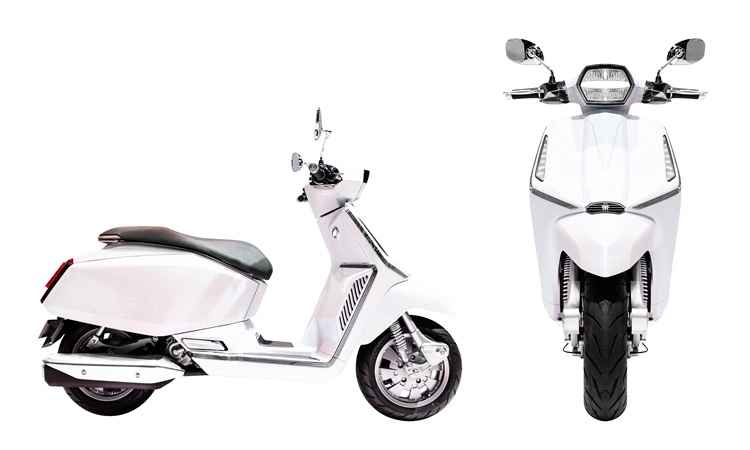Downhill Bike Riding Safety Tips for a Risk-Free Ride
Downhill Bike Riding Safety Tips for a Risk-Free Ride

Downhill bike riding is adventurous but comes with various risks. Controlling speed, maintaining traction, and staying alert are crucial for safety. It is also wise to invest in comprehensive bike insurance to cover any expenses resulting from bike damage due to mishaps during downhill rides.
Essential Safety Tips for a Smooth Ride Downhill
Here are some key techniques to minimise risks and enhance your downhill riding experience:
1. Maintain Proper Body Position
When riding downhill, the bike’s weight shifts forward, putting pressure on the front wheel. To balance, slide slightly backward on the seat and grip the tank with your knees. Avoid leaning too heavily on the handlebars, as this can affect control. Keep a relaxed but firm grip and engage your core to stabilise the ride.
2. Control Your Speed Early
Speed builds up quickly on steep slopes, and braking too late can lead to loss of control. Apply both brakes progressively rather than suddenly to avoid skidding. Use the front brake cautiously, as it takes most of the load, and rely on the rear brake for additional stability. Engine braking is an effective way to slow down—downshift gears instead of riding in neutral.
3. Plan Your Cornering Strategy
Corners can be tricky on downhill rides. Enter wide to allow a smoother turn and reduce the risk of running off the road. For right-hand turns, position yourself toward the left before initiating the curve. For left-hand turns, keep within your lane while maximising your field of vision. Avoid leaning excessively, and apply gentle pressure to the inner handlebar to steer effectively.
4. Watch Your Momentum
Gravity increases momentum, making it harder to slow down. If carrying extra weight—like a pillion rider—be cautious. Maintain a controlled pace and anticipate changes in the terrain. Always slow down before reaching a bend rather than midway through it.
5. Avoid Blind Spots and Late Braking
Downhill roads often have blind turns, making visibility a challenge. Never overtake on a blind curve, and always expect unexpected obstacles. Braking too late can cause the bike to drift wide or lose traction, increasing the risk of accidents. Brake early, smoothly, and progressively to maintain control.
Conclusion
Downhill bike riding is an exciting experience but requires skill and awareness. Practicing proper riding techniques and using protective measures like high-quality safety gear, including a helmet, gloves, knee guards, and reinforced riding boots, is essential. Additionally, zero depreciation bike insurance rider ensures that in case of damage, you get full compensation without factoring in depreciation.
RELATED ARTICLES
8 tips to maintain safety while riding with a pillion rider
Tips For Riding A Two-Wheeler Safely On Indian Roads!
7 Tips to Help Make Your Long Bike Journey Comfortable
Tips to Follow while Riding a Bike on a Slippery Road
Important Bike Riding Tips For Teenagers!










 Health Insurance
Health Insurance  Travel Insurance
Travel Insurance  Car Insurance
Car Insurance  Cyber Insurance
Cyber Insurance  Critical Illness Insurance
Critical Illness Insurance
 Pet Insurance
Pet Insurance
 Bike/Two Wheeler Insurance
Bike/Two Wheeler Insurance  Home Insurance
Home Insurance  Third Party Vehicle Ins.
Third Party Vehicle Ins.  Tractor Insurance
Tractor Insurance  Goods Carrying Vehicle Ins.
Goods Carrying Vehicle Ins.  Passenger Carrying Vehicle Ins.
Passenger Carrying Vehicle Ins.  Compulsory Personal Accident Insurance
Compulsory Personal Accident Insurance  Travel Insurance
Travel Insurance  Rural
Rural 











